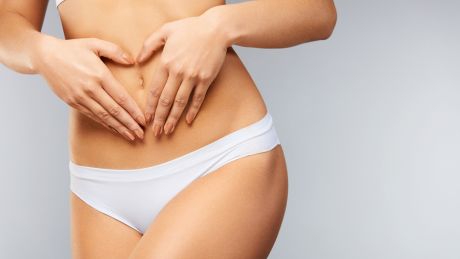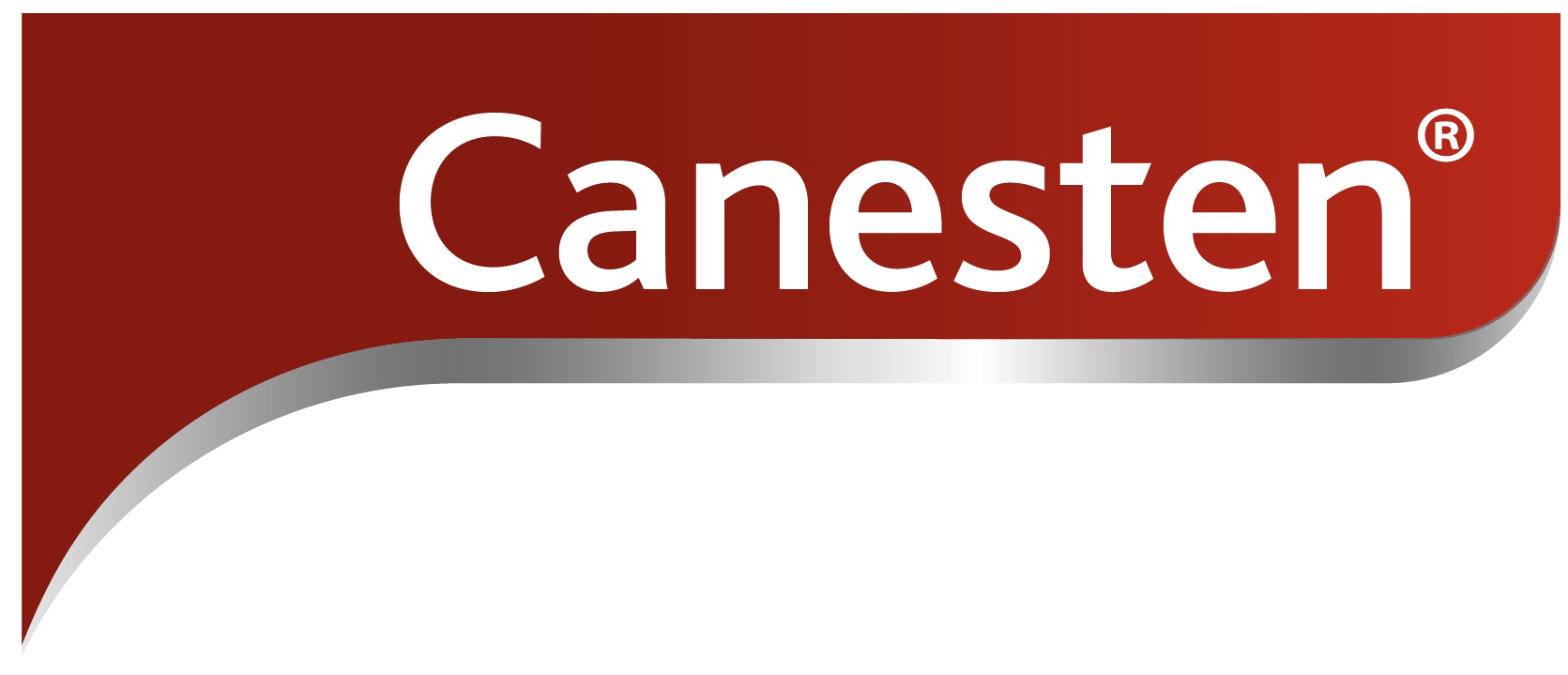How Normal Are Your Female Health Issues?
Advice to aid in treating some of the most common health problems

None of us are immune to health issues, but if your goal is optimal health, taking some simple diet and lifestyle steps can have great results. Whether you suffer mood highs and lows because of PMS, are sick of battling breakouts or can’t seem to get rid of recurrent thrush, we’ve got advice about changes to aspects such as diet that may help with these problems!
Problem: Thrush
Many of us have been affected by this irritating yeast infection at some point, and annoyingly thrush is one of those unpleasant problems that often keeps coming back. The culprit is a yeast (fungus), called candida albicans. It's usually kept in check by good bacteria in the body, but when levels become unbalanced, problems start to arise. Thrush symptoms include an itchy vagina and cottage cheese-like white discharge which can be brought on by stress, low immunity, and hormonal changes.
Solution: To keep thrush at bay, some people find avoiding sugar in their diets can be beneficial as sugary foods (1) encourage yeast growth (2). You could also look at cutting out foods that contain yeast, including fermented foods like bread and wine (3, 4).
Problem: PMS
According to the NHS, one in 20 of us experiences niggling PMS symptoms prior to our period. Common symptoms include irritability and mood swings, cravings, bloating and breast pain.
Solution: Tweaking your diet can help so try balancing blood sugar levels by eating six small meals a day to help to keep PMS cravings at bay (5), and help regulate your mood (6). Popping a supplement like magnesium (7) and vitamin B6 could be beneficial when it comes to controlling your mood and behaviour (8). Vitamin B6 supports production of dopamine and the happy hormone serotonin and magnesium is commonly thought of as a natural tranquilliser as there is some evidence it can help to reduce anxiety (9).
Problem: Cystitis
This painful urinary infection is caused when bacteria sticks to the walls of the bladder and can affect up to 40% of women (10).
Solution: Your diet can help to beat cystitis. Avoid acidic foods and drinks, such as tea, coffee, alcohol (11), sugar, meat, spicy foods, and undiluted citrus juices as these can trigger the condition (12). Instead, sip on barley water (13, 14) as it is a traditional remedy for cleansing the urinary system.
Cranberry juice can also help as it’s high in protective antioxidant compounds (15) called proanthocyanidins, but make sure that it is unsweetened and unpasteurised for best results.
Problem: Osteoporosis
Osteoporosis is a condition that comes on with age, but the great news is that taking some smart steps now can help safeguard your bone health in the years to come. It results in bone density becoming reduced which means that there is an increased risk of fracture. Affecting one in five women over the age of 50, the risk factors include smoking, a low level of physical activity, a family history and use of medications such as steroids or some antacids (16, 17).
Solution: Your bones require a range of nutrients to keep them healthy, so it is good to learn about different foods that are rich in calcium, vitamin D and other nutrients that are important for bone health (18, 19, 20). Important nutrients include calcium and vitamin D. Calcium is found in dairy products but don’t forget that you can boost levels of the mineral by eating dark green leafy vegetables, like spinach, fish with bones, tofu and various beans (21). Along with calcium, vitamin D (22) is needed as it increases calcium absorption. Allowing yourself 20 minutes of direct exposure to sunlight during months such as April to October when the UK sun is strong enough to produce vitamin D, will help to top up levels along with eating vitamin D rich foods like salmon, egg yolks, cheese, and fish oil (23, 24). Be careful to protect your skin from damage, such as sunburn, caused by exposure to the sun over an extended period (25).
Problem: Bacterial vaginosis (BV)
This common yet not widely known infection occurs when the pH level in the vagina becomes unbalanced. Similarly, to thrush, the main symptom of bacterial vaginosis is changes to discharge, but while thrush is caused by a yeast, the culprit of BV is bacteria - as the name suggests. Discharge may be thin, greyish, and watery, with an unpleasant fish-like odour, but unlike thrush the condition doesn’t usually cause itchiness or soreness (26).
Solution: Using scented toiletries (27) and douches increases the risk of bacterial vaginosis, so avoid these when showering. You should consult your GP who may prescribe antibiotic tablets or a gel which you apply inside the vagina which should effectively help to alleviate symptoms (28).
Canesten Thrush Duo contains Clotrimazole and Fluconazole. Always read the label.
This content is produced just like the main content on our site but paid for by Canesten because they like people who like this topic.
References
1) “Preventing Thrush” on canesten.co.uk
4) “Health advice: a bad case of thrush” on The Telegraph
5) “Is PMS Sabotaging Your Diet?” on WebMD
8) “8 Ways Magnesium Relieves Anxiety and Stress” on Be Brain Fit
10) “What is Cystitis?” on canestan.co.uk
11) “Preventing Cystitis” on canestan.co.uk
12) “Foods To Avoid” on Interstitial Cystitis Association
13) “Bladder retraining for an overactive bladder” from University Hospital Southampton (PDF)
14) “Cystitis” on Lanarkshire Sexual Health
15) “Cranberries: Year-Round Superfood” on WebMD
16) “Osteoporosis Causes” on NHS Choices
17) “Osteoporosis Facts And Statistics” on The International Osteoporosis Foundation
18) “Food and Your Bones — Osteoporosis Nutrition Guidelines” on The National Osteoporosis Foundation
19) “Food for strong bones” on NHS Choices
20) “A Balanced Diet For Bones” on The National Osteoporosis Society
21) “Top Foods for Calcium and Vitamin D” on WebMD
22) “How to get vitamin D from sunlight” on NHS Choices
23) “How to get vitamin D from sunlight” on NHS Choices
24) “Top Foods for Calcium and Vitamin D” on WebMD
26) “Symptoms of Bacterial Vaginosis (BV)” on canestan.co.uk
Get the Coach Newsletter
Sign up for workout ideas, training advice, reviews of the latest gear and more.
Coach is a health and fitness title. This byline is used for posting sponsored content, book extracts and the like. It is also used as a placeholder for articles published a long time ago when the original author is unclear. You can find out more about this publication and find the contact details of the editorial team on the About Us page.


